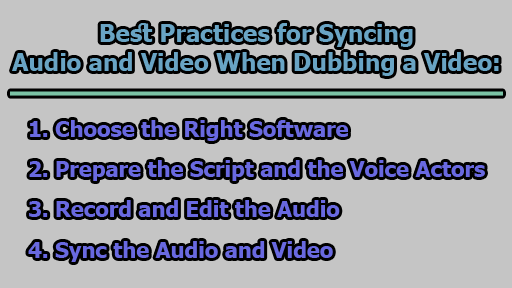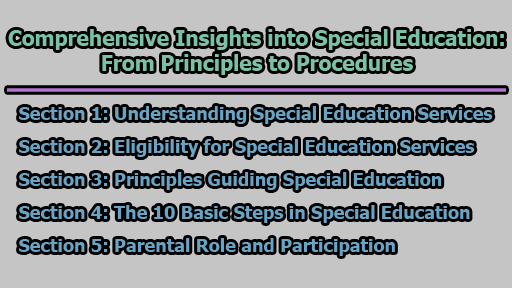Best Practices for Syncing Audio and Video When Dubbing a Video:
Dubbing a video is an intricate process that involves replacing the original audio with a new language or voiceover while maintaining perfect synchronization with the video. Achieving this synchronization is crucial to ensuring a seamless viewing experience for your audience. In this article, we will delve into the best practices for syncing audio and video when dubbing a video, helping you create a professional and engaging dubbed video.
1. Choose the Right Software: The foundation of successful dubbing lies in selecting the right software for the job. Several professional video editing tools are available, each equipped with features tailored to the dubbing process. Software like Adobe Premiere Pro, Final Cut Pro, Avid Media Composer, and DaVinci Resolve are well-known options. These programs offer critical features like waveform display, timecode support, markers, and sync lock, allowing for precise alignment of audio and video frames.
When choosing software, ensure that it supports multiple languages and formats, as well as the inclusion of subtitles and captions. Having access to these tools will greatly enhance your ability to produce high-quality dubbed videos.
2. Prepare the Script and the Voice Actors: Before diving into the recording and dubbing process, thorough preparation is essential. This begins with adapting the script to the target language and culture. The script should match not only the dialogue but also the rhythm and length of the original content. Avoid literal translations and culturally specific references, as these can cause confusion or disrupt the viewer’s immersion in the new context.
Furthermore, it is crucial that the script matches the lip movements and facial expressions of the original actors. Any discrepancies can lead to a jarring viewing experience.
Selecting suitable voice actors is equally vital. Look for individuals with the right skills, accents, and appropriateness for the roles. Familiarize the actors with the script and the video before recording to ensure a seamless performance.
3. Record and Edit the Audio: High-quality audio is a fundamental aspect of a successful dub. To achieve this, invest in a high-quality microphone, a soundproof recording booth, and headphones for precise monitoring. Pay close attention to audio levels, background noise, and synchronization with the video. Recording multiple takes for each line is a good practice, allowing you to select the best one for each scenario.
During the editing process, focus on removing errors, pauses, breaths, and adjusting volume, pitch, and tone for consistency. Incorporating sound effects or music, where necessary, adds depth to the dub, enhancing the viewer’s experience.
4. Sync the Audio and Video: Once you have recorded and edited the audio, it’s time to sync it with the video. Your chosen software will be instrumental in this step. Utilize waveform displays, timecode references, or markers to align audio and video frames accurately. Activate the sync lock feature to prevent any accidental shifts or gaps that can disrupt synchronization.
Watching and listening to the dubbed video multiple times is essential to fine-tune and make necessary adjustments or corrections. Testing the dubbed video on various devices and platforms ensures it plays smoothly and correctly, catering to a broad audience.
In conclusion, dubbing a video is a complex and creative process that requires meticulous attention to detail and effective coordination. When executed properly, it can result in a high-quality and engaging video that resonates with your target audience. By following these best practices for syncing audio and video when dubbing a video, you can ensure that your dubbed content stands out for all the right reasons. Remember that precision, preparation, and the right tools are your allies in achieving a seamless and professional dubbing experience.

Library Lecturer at Nurul Amin Degree College










